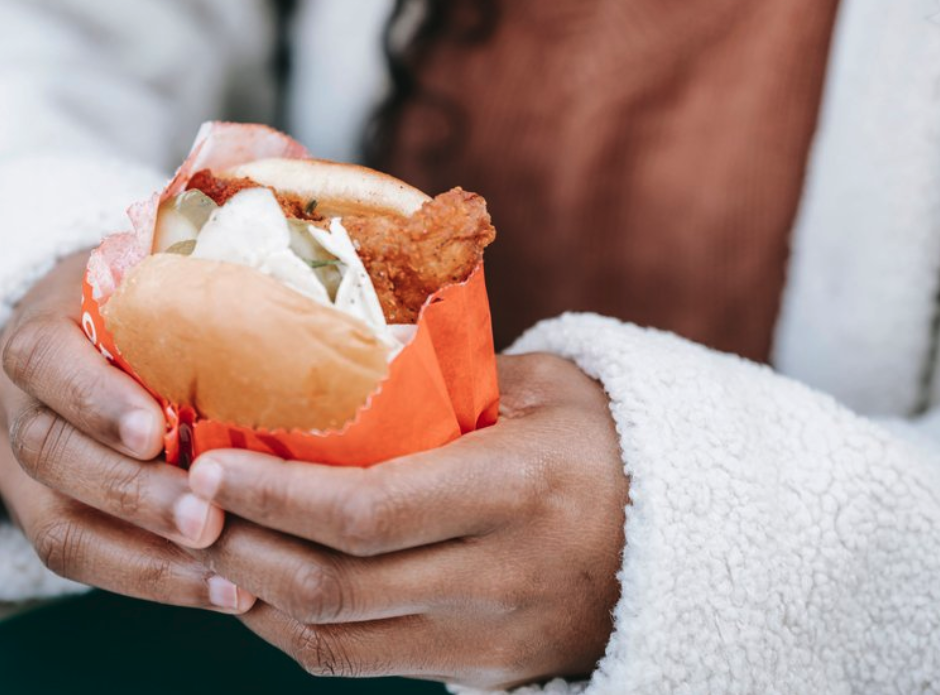Are All Processed Foods off Limits?
One of the first things you need to accomplish as you prioritize whole-food nutrition is swapping processed foods for nutrient-dense foods. To do this, you must differentiate between ultra-processed and minimally processed foods. Let’s dive in and explore the difference.
What Are Ultra Processed Foods?
Ultra-processed foods are the ones you want to reserve for birthdays, holidays, vacations, and other infrequent occasions. This includes the obvious, such as candy, desserts, soda, and fried foods.
Just be mindful that many ultra-processed foods appear to be healthier than they are. This includes a variety of salad dressings, sauces, beverages, snacks, and frozen meat products that contain added sugars or other synthetic ingredients.
So, read the label and keep foods containing the below ingredients to a minimum:
Hydrolyzed proteins
Modified starches
Hydrogenated oils
Colorants
Flavorings
Added sugar
High fructose corn syrup
Artificial sweeteners
Bulking agents
Preservatives
Other synthetic additives
What Are Minimally Processed Foods?
A common misconception about healthy eating choices is that nothing that comes in a package or container is allowed. However, there are countless packaged, boxed, bottled, and canned foods that support whole-food nutrition.
Here are a handful of examples:
Natural cooking oils—these oils are pressed and extracted into nutrient-dense oils for cooking and beauty products. This includes olive, coconut, and avocado oil.
Nuts and seeds—many nuts and seeds must have the hull removed for consumption.They may even be roasted for added flavor. Just be mindful of nuts and seeds that are processed with sugar, salt, and synthetic ingredients.
Many whole grains—whole grains also need to have the hull removed or other processing that maintains their full nutrient value. When both the hull and the bran are removed (aka. refined grains), grains contain far less nutrient value and cause your glucose to spike after eating.
Many canned and frozen foods—vegetables can be canned, pickled, chopped, and frozen to extend their shelf life and offer a larger range of food options. However, there are many canned and frozen foods that have a high sugar content and synthetic additives.
Dairy—yellow cheese has food coloring and many fruit-flavored yogurts have food coloring and added sugar. However, white cheese and plain yogurt in moderation are healthy eating choices.
Some snacks—there’s a growing range of prepackaged snacks that are formulated with minimally processed ingredients. This includes many (but not all) veggie chips, protein bars, popcorn, pretzels, and more.
How Often Should You Eat Ultra-Processed Foods?
First and foremost, healthful foods can be both nutritious and delicious! There are plenty of recipes that are filling, flavorful, and satisfying. That being said, sometimes you crave fast food, fried food, fruity cocktails, or other dietary splurges.
These splurges should be the exception, not the rule—and they should be planned. Planning your meals for the week and bringing shelf-stable snacks with you minimizes temptation.
Reserve your splurges to:
Your birthday
Holiday meals
Special occasions
In moderation on vacation
Looking For Nutritional Guidance?
Once you get past the first 72 hours of eating whole or minimally processed foods, cravings will begin to subside. After about 2 weeks, the cells on your tastebuds will renew, and you’ll begin to appreciate the flavor profile of your nutrient-dense diet.
If you’re looking to transition to minimally processed foods or personalize your nutrition to your individual needs—reach out to Nina’s Nutritional Values today!



